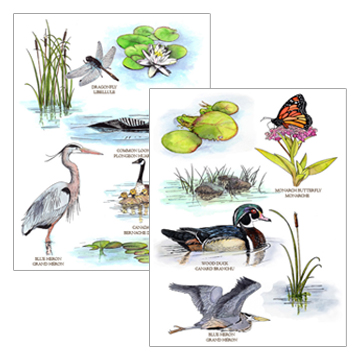Many groups of organisms found in agricultural areas are experiencing catastrophic declines, including: birds (e.g., Nebel, S. et al. 2010. Declines of aerial insectivores in North America follow a geographic gradient. Avian Conserv. Ecol. 5(2): 1. [online]); bats (e.g., Wickramasinghe, L.P. et al. 2004. Abundance and species richness of nocturnal insects on organic and conventional farms: effects of agricultural intensification on bat foraging. Conserv. Biol. 18: 1283–1292); amphibians (e.g., Blaustein, A.R. 2011. The complexity of amphibian population declines: understanding the role of cofactors in driving amphibian losses. Ann. N. Y. Acad. Sci. 1223: 108-119); bumblebees (e.g., Cameron, S.A. et al. 2011. Patterns of widespread decline in North American bumble bees. Proc. Nat. Acad. Sci. 108(2): 662-667); butterflies (e.g., Van Dyck, H. et al. 2009. Declines in common, widespread butterflies in a landscape under intense human use. Conserv. Biol. 23(4): 957-965); moths (e.g., Conrad, K.F. et al. 2006. Rapid declines of common, widespread British moths provide evidence of an insect biodiversity crisis. Biol. Conserv. 132(3): 271-291); and carabid beetles (Brooks, D. R. et al. 2012. Large carabid beetle declines in a United Kingdom monitoring network increases evidence for a widespread loss in insect biodiversity. J. Appl. Ecol. 49(5): 1009-1019). There is an urgent need for greater understanding of the degree to which exposure to neonicotinoid insecticides may be contributing to these declines, and how exposure to these chemicals may be interacting with other negative pressures on biodiversity in agricultural areas.
Source:
Ottawa River Institute, Ontario, Canada, 30 June 2013
(see attachment)

- Log in to post comments
